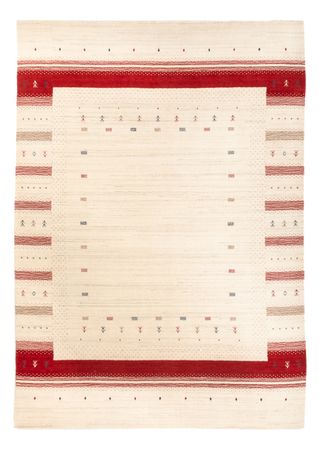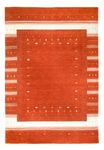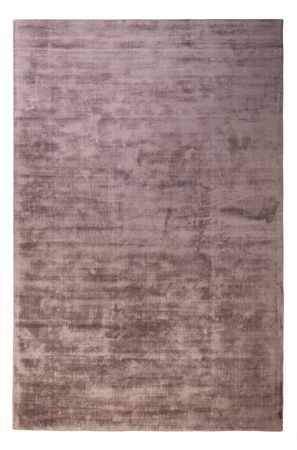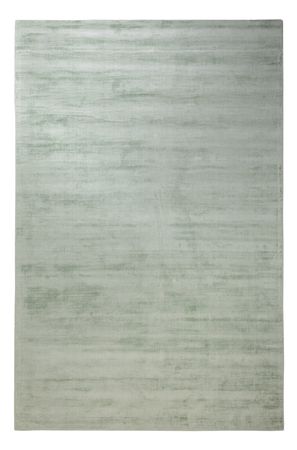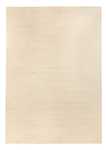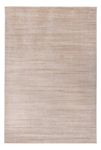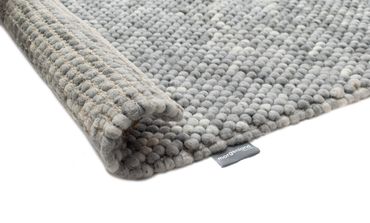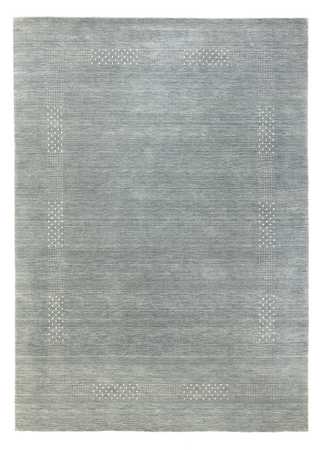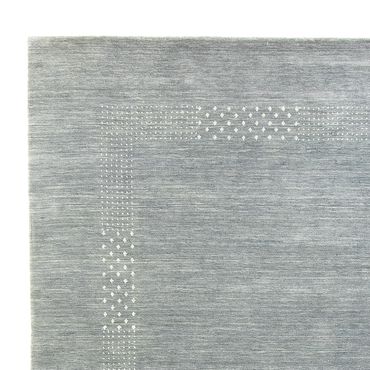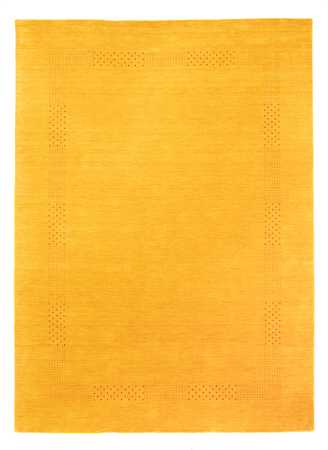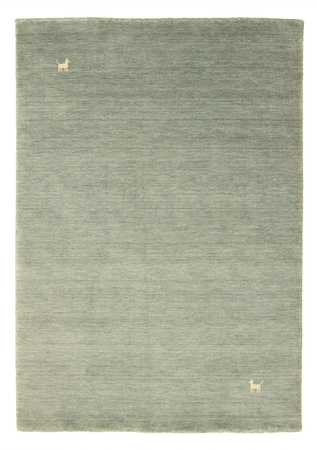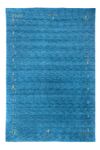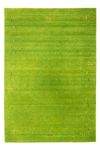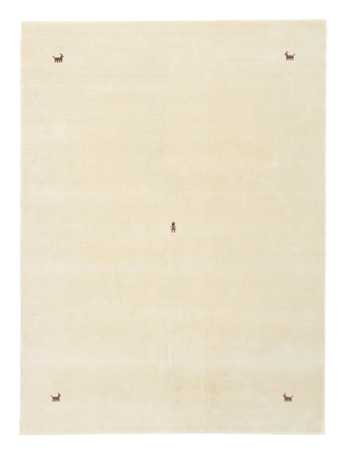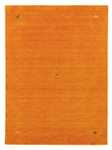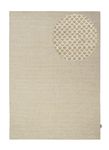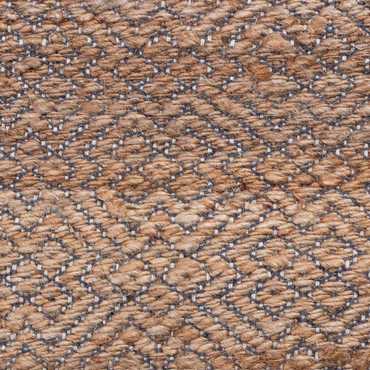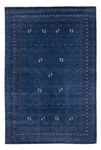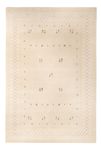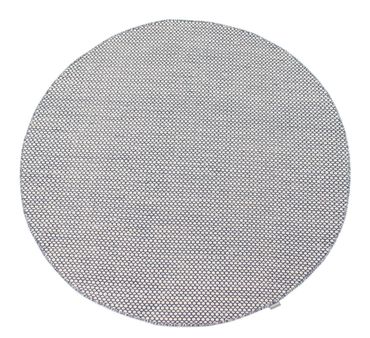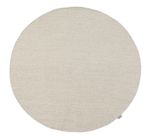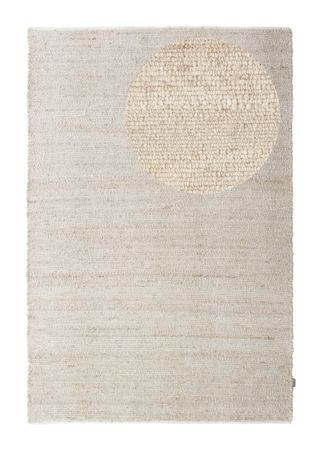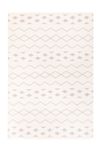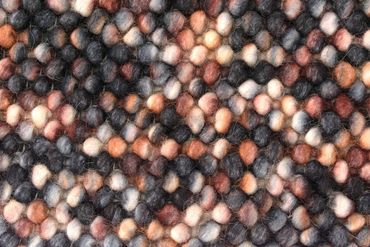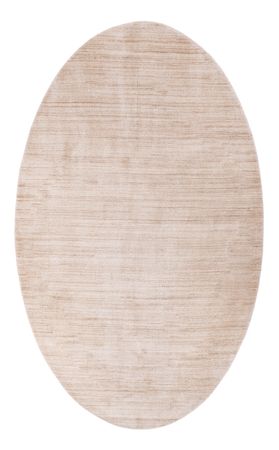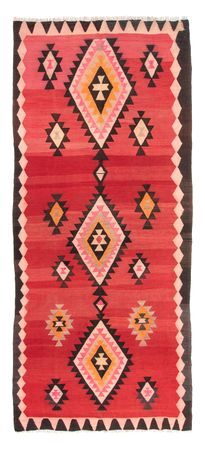- Gabbeh Rug - Softy - Erased - Uni - rectanglefrom 48 US$
92 US$ - Gabbeh Rug - Softy - Erased - Uni - rectanglefrom 48 US$
88 US$ - Gabbeh Rug - Softy - Erased - Uni - rectanglefrom 51 US$
95 US$ - Gabbeh Rug - Softy - Erased - Uni - rectanglefrom 48 US$
91 US$ - Gabbeh Rug - Softy - Erased - Uni - rectanglefrom 48 US$
89 US$
![Green]()
![Beige]()
![Gold]()
![Grey]()
![Red]()
- Viscose Rug - Symphony - rectanglefrom 106 US$
- Viscose Rug - Symphony - rectanglefrom 106 US$
- Viscose Rug - Symphony - rectanglefrom 106 US$
- Viscose Rug - Symphony - rectanglefrom 106 US$
- Viscose Rug - Symphony - rectanglefrom 106 US$
-
- Gabbeh Rug - Loribaft Softy - Teppstar - rectanglefrom 44 US$
83 US$ - Gabbeh Rug - Loribaft Softy - Teppstar - rectanglefrom 44 US$
84 US$ - Gabbeh Rug - Loribaft Softy - Teppstar - rectanglefrom 44 US$
83 US$ - Gabbeh Rug - Loribaft Softy - Teppstar - rectanglefrom 44 US$
82 US$ - Gabbeh Rug - Loribaft Softy - Teppstar - rectanglefrom 44 US$
81 US$
-
![Grey]()
![Beige]()
![Silver]()
- Wool Rug - Felt ball - Mosaik - rectanglefrom 116 US$
- Wool Rug - Felt ball - Mosaik - rectanglefrom 116 US$
- Wool Rug - Felt ball - Mosaik - rectanglefrom 116 US$
- Wool Rug - Felt ball - Mosaik - rectanglefrom 116 US$
- Wool Rug - Felt ball - Mosaik - rectanglefrom 116 US$
![Grey]()
![Beige]()
![Gold]()
![Multicoloured]()
![Colorful]()
-
- Gabbeh Rug - Loribaft Indus - Nova - rectanglefrom 130 US$
258 US$ - Gabbeh Rug - Loribaft Indus - Nova - rectanglefrom 130 US$
251 US$ - Gabbeh Rug - Loribaft Indus - Nova - rectanglefrom 130 US$
249 US$ - Gabbeh Rug - Loribaft Indus - Nova - rectanglefrom 130 US$
251 US$ - Gabbeh Rug - Loribaft Indus - Nova - rectanglefrom 130 US$
244 US$
![Grey]()
![Beige]()
![Gold]()
![Green]()
![Red]()
-
- Gabbeh Rug - Indus - Asteria - rectanglefrom 62 US$
115 US$ - Gabbeh Rug - Indus - Asteria - rectanglefrom 62 US$
114 US$ - Gabbeh Rug - Indus - Asteria - rectanglefrom 62 US$
124 US$ - Gabbeh Rug - Indus - Asteria - rectanglefrom 62 US$
113 US$ - Gabbeh Rug - Indus - Asteria - rectanglefrom 62 US$
123 US$
![Beige]()
![Blue]()
![Gold]()
![Grey]()
![Red]()
-
- Wool Rug - NordicNook - rectanglefrom 63 US$
-
- Kelim Rug - Trendy - Dream - rectanglefrom 69 US$
130 US$ - Kelim Rug - Trendy - Dream - rectanglefrom 69 US$
132 US$ - Kelim Rug - Trendy - Dream - rectanglefrom 69 US$
130 US$
![Light Blue]()
![Grey]()
![Silver]()
-
- Gabbeh Rug - Indus - Fenth - rectanglefrom 62 US$
123 US$ - Gabbeh Rug - Indus - Fenth - rectanglefrom 62 US$
123 US$ - Gabbeh Rug - Indus - Fenth - rectanglefrom 62 US$
124 US$ - Gabbeh Rug - Indus - Fenth - rectanglefrom 62 US$
121 US$ - Gabbeh Rug - Indus - Fenth - rectanglefrom 62 US$
121 US$
-
- Gabbeh Rug - Indus - Sahara - rectanglefrom 48 US$
90 US$ - Gabbeh Rug - Indus - Sahara - rectanglefrom 48 US$
88 US$ - Gabbeh Rug - Indus - Sahara - rectanglefrom 48 US$
95 US$ - Gabbeh Rug - Indus - Sahara - rectanglefrom 48 US$
90 US$ - Gabbeh Rug - Indus - Sahara - rectanglefrom 48 US$
87 US$
-
- Kelim Rug - Trendy - Bohemian - rectanglefrom 83 US$
- Kelim Rug - Trendy - Bohemian - rectanglefrom 83 US$
- Kelim Rug - Trendy - Bohemian - rectanglefrom 83 US$
- Kelim Rug - Trendy - Bohemian - rectanglefrom 83 US$
- Kelim Rug - Trendy - Bohemian - rectanglefrom 83 US$
![Blue]()
![White]()
![Natural]()
![Beige]()
![Anthracite]()
-
- Kelim Rug - Trendy - Fancy - rectanglefrom 57 US$
105 US$ - Kelim Rug - Trendy - Fancy - rectanglefrom 57 US$
114 US$ - Kelim Rug - Trendy - Fancy - rectanglefrom 57 US$
110 US$ - Kelim Rug - Trendy - Fancy - rectanglefrom 57 US$
105 US$ - Kelim Rug - Trendy - Fancy - rectanglefrom 57 US$
109 US$
-
- Sisal Rug - Cosmo - rectanglefrom 64 US$
-
- Gabbeh Rug - Loribaft Softy - LuxeWeave - rectanglefrom 178 US$
- Gabbeh Rug - Loribaft Softy - LuxeWeave - rectanglefrom 178 US$
- Gabbeh Rug - Loribaft Softy - LuxeWeave - rectanglefrom 178 US$
- Gabbeh Rug - Loribaft Softy - LuxeWeave - rectanglefrom 178 US$
![Blue]()
![Beige]()
![Green]()
![Red]()
-
- Gabbeh Rug - Indus - Sahara - runnerfrom 236 US$
453 US$ - Gabbeh Rug - Indus - Sahara - runnerfrom 236 US$
427 US$ - Gabbeh Rug - Indus - Sahara - runnerfrom 236 US$
444 US$ - Gabbeh Rug - Indus - Sahara - runnerfrom 236 US$
430 US$ - Gabbeh Rug - Indus - Sahara - runnerfrom 236 US$
433 US$
-
- Indoor/Outdoor Rug - Alef - rectanglefrom 71 US$
133 US$ - Indoor/Outdoor Rug - Alef - rectanglefrom 71 US$
137 US$ - Indoor/Outdoor Rug - Alef - rectanglefrom 71 US$
135 US$ - Indoor/Outdoor Rug - Alef - rectanglefrom 71 US$
141 US$
![Yellow]()
![Blue]()
![Turquoise]()
![Pink]()
-
- Kelim Rug - Trendy - Bohemian - roundfrom 262 US$
- Kelim Rug - Trendy - Bohemian - roundfrom 262 US$
- Kelim Rug - Trendy - Bohemian - roundfrom 262 US$
- Kelim Rug - Trendy - Bohemian - roundfrom 262 US$
- Kelim Rug - Trendy - Bohemian - roundfrom 262 US$
![White]()
![Natural]()
![Beige]()
![Blue]()
![Anthracite]()
-
- Kelim Rug - Trendy - Masal - rectanglefrom 67 US$
126 US$ - Kelim Rug - Trendy - Masal - rectanglefrom 67 US$
130 US$ - Kelim Rug - Trendy - Masal - rectanglefrom 67 US$
123 US$
![Turquoise]()
![Grey]()
![Black]()
-
- Kelim Rug - Trendy - Toska - rectanglefrom 88 US$
162 US$ - Kelim Rug - Trendy - Toska - rectanglefrom 88 US$
172 US$ - Kelim Rug - Trendy - Toska - rectanglefrom 88 US$
166 US$ - Kelim Rug - Trendy - Toska - rectanglefrom 88 US$
172 US$ - Kelim Rug - Trendy - Toska - rectanglefrom 88 US$
172 US$
-
- Kelim Rug - Trendy - Miami - rectanglefrom 67 US$
123 US$ - Kelim Rug - Trendy - Miami - rectanglefrom 67 US$
123 US$ - Kelim Rug - Trendy - Miami - rectanglefrom 67 US$
133 US$
![Brown]()
![White]()
![Silver]()
-
- Wool Rug - Soft Snowdrift - rectanglefrom 63 US$
-
- Wool Rug - Felt ball - Mosaik - roundfrom 379 US$
- Wool Rug - Felt ball - Mosaik - roundfrom 379 US$
- Wool Rug - Felt ball - Mosaik - roundfrom 379 US$
- Wool Rug - Felt ball - Mosaik - roundfrom 379 US$
- Wool Rug - Felt ball - Mosaik - roundfrom 379 US$
![Multicoloured]()
![Beige]()
![Gold]()
![Grey]()
![Colorful]()
-
- Gabbeh Rug - Loribaft Softy - NaturEleganz - ovalfrom 474 US$
- Gabbeh Rug - Loribaft Softy - NaturEleganz - ovalfrom 474 US$
- Gabbeh Rug - Loribaft Softy - NaturEleganz - ovalfrom 474 US$
![Beige]()
![Grey]()
![Silver]()
-
- Sisal Rug - Alistair - rectanglefrom 83 US$
164 US$ - Sisal Rug - Alistair - rectanglefrom 83 US$
158 US$ - Sisal Rug - Alistair - rectanglefrom 83 US$
158 US$ - Sisal Rug - Alistair - rectanglefrom 83 US$
166 US$
![Grey]()
![Blue]()
![Brown]()
![Black]()
-
- Sisal Rug - Lerina - ovalfrom 30 US$
-
- Gabbeh Rug - Indus - Fenthfrom 369 US$
665 US$ - Gabbeh Rug - Indus - Fenthfrom 369 US$
691 US$ - Gabbeh Rug - Indus - Fenthfrom 369 US$
711 US$ - Gabbeh Rug - Indus - Fenthfrom 369 US$
692 US$ - Gabbeh Rug - Indus - Fenthfrom 369 US$
706 US$
-
- Gabbeh Rug - Indus - Tella - runnerfrom 243 US$
- Gabbeh Rug - Indus - Tella - runnerfrom 243 US$
- Gabbeh Rug - Indus - Tella - runnerfrom 243 US$
![Gold]()
![Grey]()
![Rust]()
-
Hand Woven Rugs: Authentic Artistry for a Distinctive Decor
Hand-woven rugs are made in the traditional way in a handloom. A handloom is a loom that you manually make without the use of electrical or motorized powered looms. The benefit of the handloom is that it provides more tension on the warp threads. A warp is one of two components in the weaving of turning the thread into fabric. The other is a weft. Warp threads are held lengthwise while stationary and in tension on a loom. The weft is above and under the warp. These handlooms enable these rugs to have a smooth weave. The smooth weaves are weaves that can be used on both sides. Thereafter, the warp threads of cotton or linen are stretched on the loom. The woolen weft thread is woven crosswise with a shuttle. The handwoven knots are slightly uneven and lack consistent uniformity.
The texture of hand-woven rugs is very unique. It could either be fine or coarse. Depending on the thickness of the wool and the number of warp threads, the rugs become finer or coarser. A hand-woven rug is pleasantly light. This is in comparison to rugs of a high pile. There are several references in the outlook of hand-woven rugs. The hand-woven rugs can be plain or patterned. Various patterns are used on the hand-woven rugs. There is the use of plants and animals. These patterns are most popular on hand-woven rugs. There are also symbols and signs representing contentment and happiness. These are often used motifs for these flat wool rugs. They traditionally represented a sign of wealth and display social status.
















